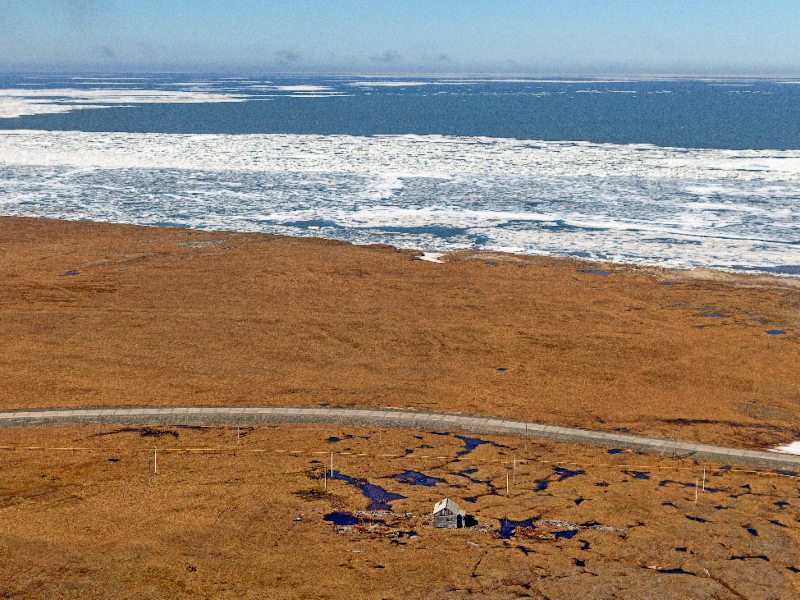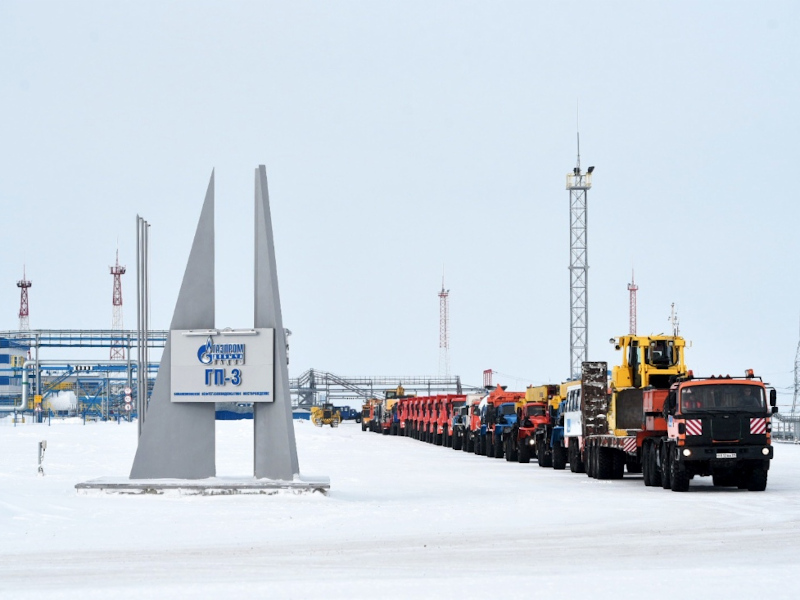Kharasaveyskoye is an onshore gas and condensate field under development in the Yamal Peninsula of Russia.
Gazprom Dobycha Nadym, a wholly-owned subsidiary of Russia’s state-owned gas behemoth Gazprom, is the developer and operator of the field.
The full-scale development of the Kharasaveyskoye gas field was started in March 2019 while the drilling of the first producing well at the field was started in June 2020.
Scheduled to come on stream in 2023, the project is expected to produce up to 32 billion cubic meters (bcm) of gas a year by initially targeting the Cenomanian-Aptian deposits.
Project Gallery
-

The Kharasaveyskoye gas field is expected to commence production in 2023. Image courtesy of Gazprom.
-

The main development works for the Kharasaveyskoye gas field were launched in March 2019. Image courtesy of Gazprom.
-

The Kharasaveyskoye field is expected to produce up to 32 billion cubic meters (bcm) of gas a year. Image courtesy of Gazprom.
Discovered in 1974, the Kharasaveyskoye field is currently estimated to hold approximately 2 trillion cubic metres (tcm) gas reserves which can be further expanded to support a productive life of more than 100 years.
Location and reservoir details
The Kharasaveyskoye field is located 480km north of Salekhard in the Yamal Peninsula in the Yamal-Nenets Autonomous Area, in northwest Siberia, Russia.
The field is situated approximately 100km north of Bovanenkovskoye field, the biggest field in the Yamal Peninsula in terms of explored gas reserves. Gazprom considers Kharasaveyskoye field as the second most important field in its Yamal gas production hub after Bovanenkovskoye field. The explored and preliminary estimated gas reserves of the Yamal Peninsula are estimated to be approximately 16.6tcm.
The Kharasaveyskoye field is mostly an onshore field with approximately one-fifth of its reserves located in the Kara Sea.
The field consists of Cenomanian-Aptian and Neocomian-Jurassic deposits. Initially, the Cenomanian-Aptian deposits will be developed while the deeper-lying Neocomian-Jurassic deposits are planned to be developed in the later stage. The field is situated in the harsh Arctic environment with thick permafrost and has high soil salinity.
The Kharasaveyskoye field development plan
The Kharasaveyskoye field development project will comprise 236 gas production wells, a comprehensive gas treatment unit capable of processing 32bcm of gas a year, a 150MW booster compressor station, along with associated transport and power infrastructure.
The project involves the construction of a 106km-long, 55in-diameter export gas pipeline from the Kharasaveyskoye field to the neighbouring Bovanenkovskoye field which is connected to Russia’s Unified Gas Supply System (UGSS).
The production wells for the field will involve thermally-insulated tubings and casings in order to prevent the melting of permafrost during gas production.
Drilling operations at Kharasaveyskoye field
The production drilling started with the drilling of Well No.4051 in gas well cluster No.5 in June 2020 which is projected to reach a depth of 2,540m. The gas well cluster No.5 will consist of 11 wells. The operator is planning to complete the drilling of a total of 16 wells by the end of 2020.
The horizontal wells for the offshore part of the field in the Kara Sea will be drilled from onshore locations.
The drilling equipment to be used in the field includes six fifth-generation Yekaterina drilling rigs and a heavy-duty Bentec rig.
Neocomian-Jurassic deposits at Kharasaveyskoye
The Necomian-Jurassic deposits at the Kharasaveyskoye field belong to the lower part of the Melovaya and Jurassic systems. The depth of the deposit ranges from 1,600m to 3,300m.
Gazpromneft-Zapolyarye, a subsidiary of Gazprom Neft, has started pre-commissioning works and well-pad development required for developing Neocomian-Jurassic deposits at the Kharasaveyskoye field. As per the plan, two wells will be drilled to study these deposits.
Gazprom Neft is expected to start commercial development of the Neocomian-Jurassic deposits in 2026.
Material and equipment transportation to Kharasaveyskoye field
The material and equipment required for the field development are transported on the 572km-long Obskaya – Karskaya all-weather railroad. From the Karskaya railway station, goods are transported on the specially constructed winter road to Kharasaveyskoye. The Kharasavey port takes deliveries from the vessels during the summer months.
The equipment is also transported to the Kharasaveyskoye field from the Bovanenkovskoye field on a winter road.
